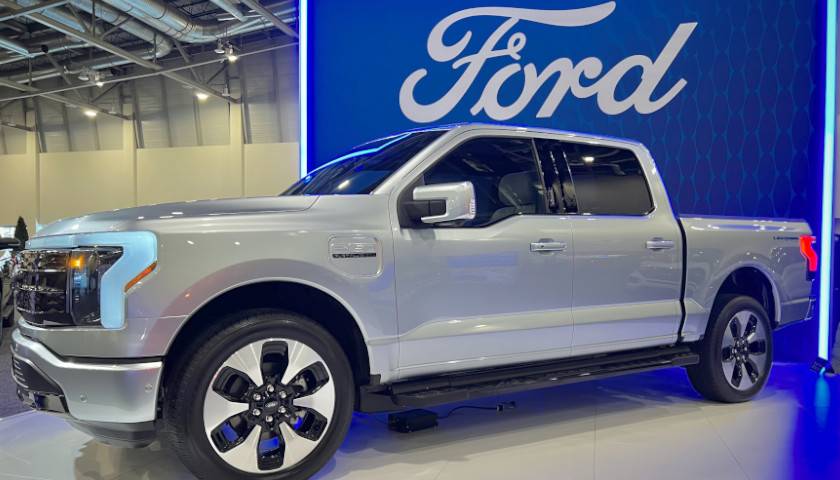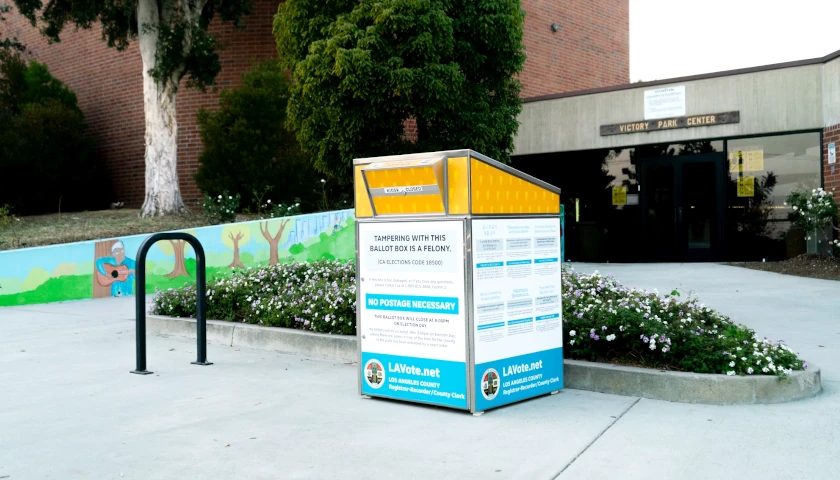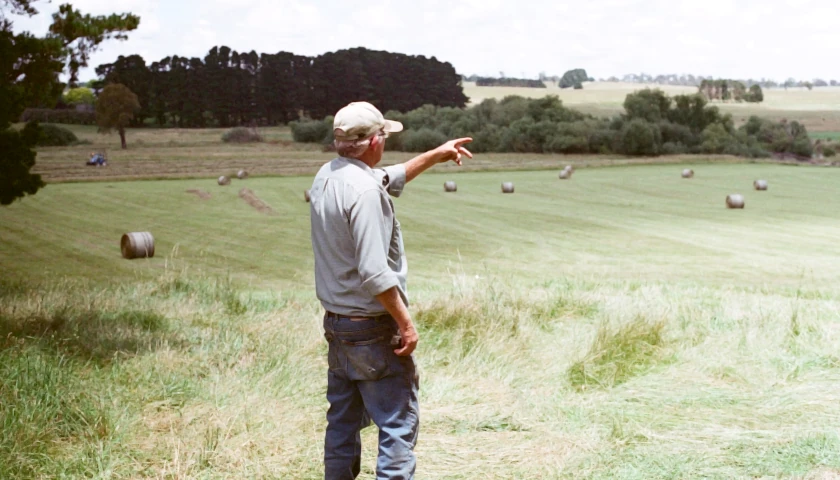by Nick Pope
Ford is cutting back production of its F-150 Lightning electric vehicle (EV), a model that President Joe Biden took for a test drive to market his administration’s EV agenda.
Ford made the official announcement that it will be reducing its F-150 Lightning output in 2024 amid slower-than-projected growth in EV demand. Biden test drove a F-150 Lightning in Michigan in May 2021 to promote his administration’s EV agenda, which aims for EVs to make up 50% of all new auto sales by 2030.
 “Ford is reducing production of F-150 Lightning, the top-selling electric pickup in the U.S., to achieve the optimal balance of production, sales growth and profitability,” the company announced on Friday. “Ford expects continued growth in global EV sales in 2024, though less than anticipated, and is preparing to launch next-generation EVs.”
“Ford is reducing production of F-150 Lightning, the top-selling electric pickup in the U.S., to achieve the optimal balance of production, sales growth and profitability,” the company announced on Friday. “Ford expects continued growth in global EV sales in 2024, though less than anticipated, and is preparing to launch next-generation EVs.”
The company is not currently sharing specific details regarding changes in production volume for the model, a Ford spokesperson told the Daily Caller News Foundation, but earlier reports indicated that the company could slash production by about 50%.
“We see a bright future for electric vehicles for our customers who value their advantages, especially with Ford EV drivers’ access to Tesla superchargers beginning this quarter,” the Ford spokesperson told the DCNF. “We are engaged with the regulators to help ensure the emission standards align with the market, and Ford will comply with the standards.”
The F-150 Lightning typically costs approximately $50,000 compared to the conventional F-150’s $36,570 price tag, making the EV version considerably more expensive even with the help of $7,500 consumer tax credits provided by the Inflation Reduction Act (IRA).
The Biden administration is using enormous government subsidies and aggressive market regulation to push EVs on Americans. Despite these efforts, the industry as a whole finds itself in a tenuous position to start 2024: Ford and several of its competitors are losing vast sums of money on their EV product lines while executives are backing away from short-term production targets.
Additionally, the nation’s charging infrastructure remains highly concentrated in coastal, densely populated regions rather than in the vast American interior as the Biden administration’s $7.5 billion spending blitz to build out a nationwide charging network has been slow to develop. The charging infrastructure that does exist, meanwhile, does not always function properly, whether because of hardware issues or weather conditions.
The White House did not respond immediately to a request for comment.
– – –
Nick Pope is a reporter at Daily Caller News Foundation.




